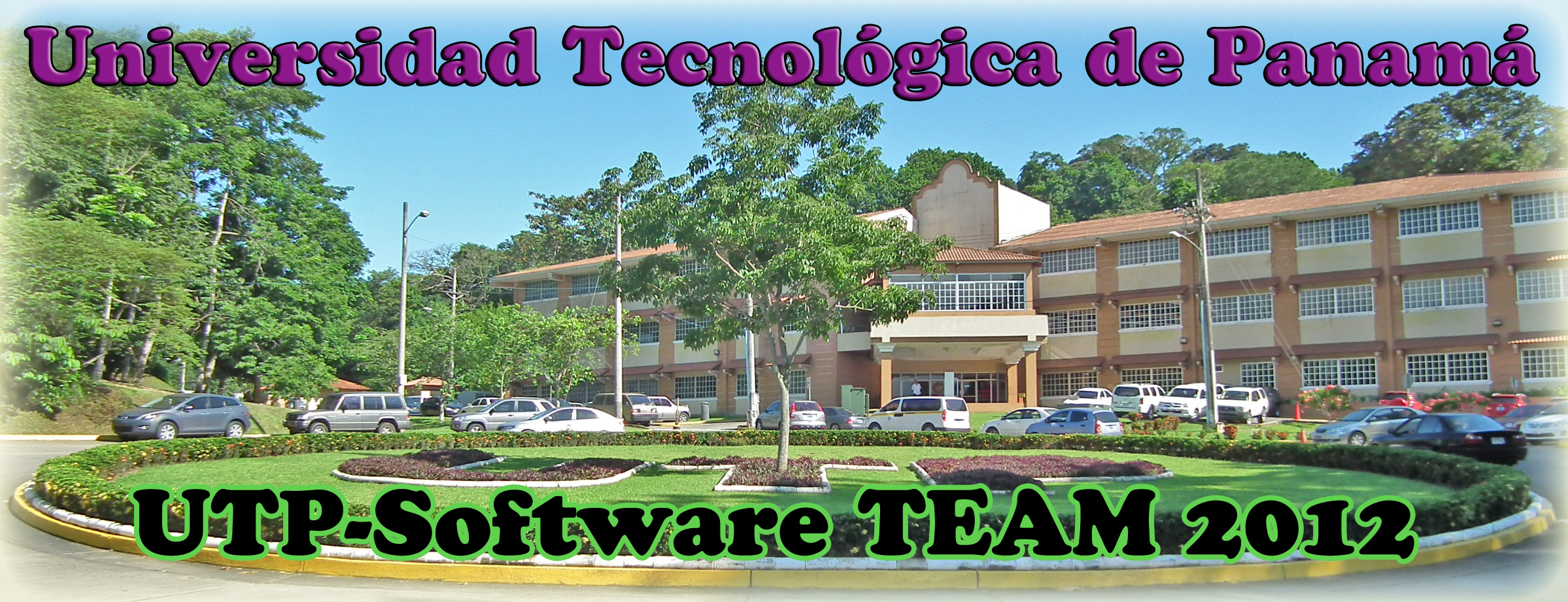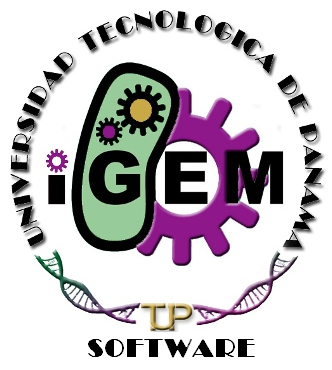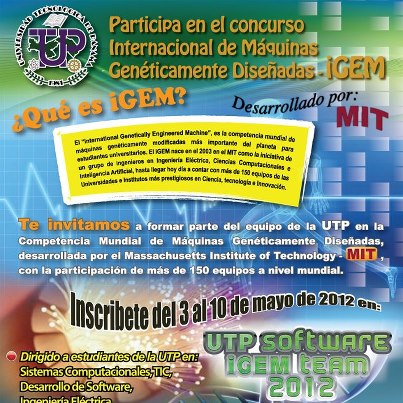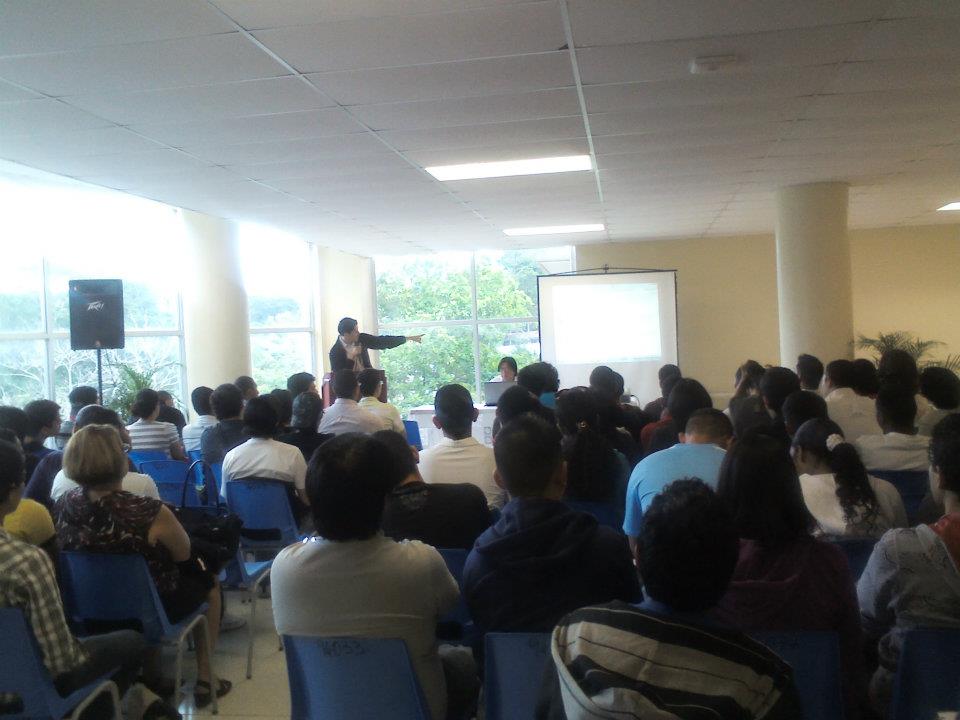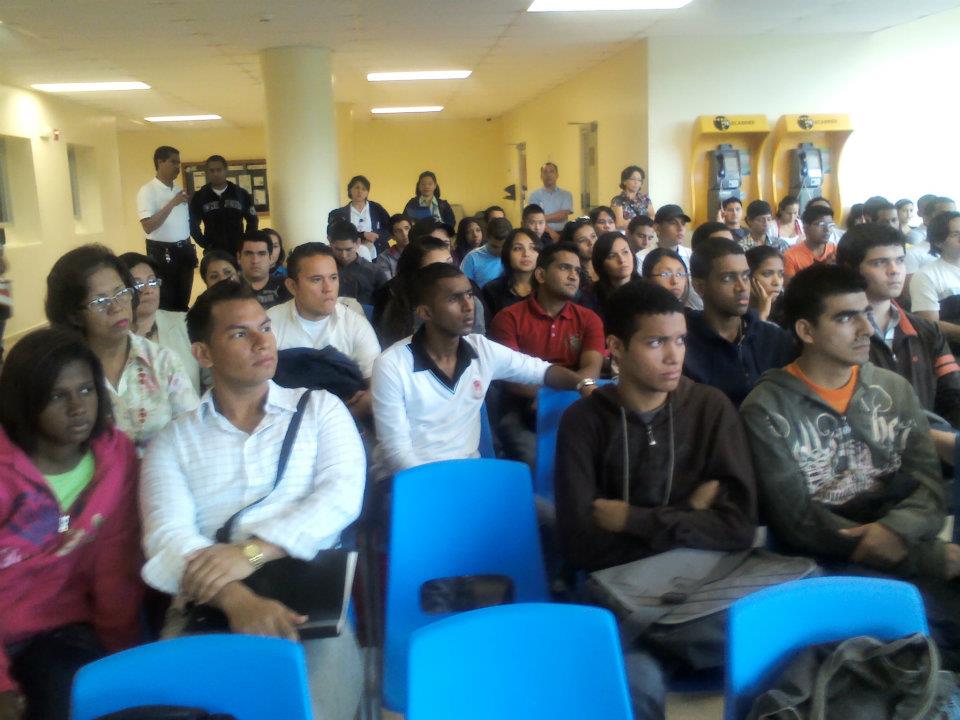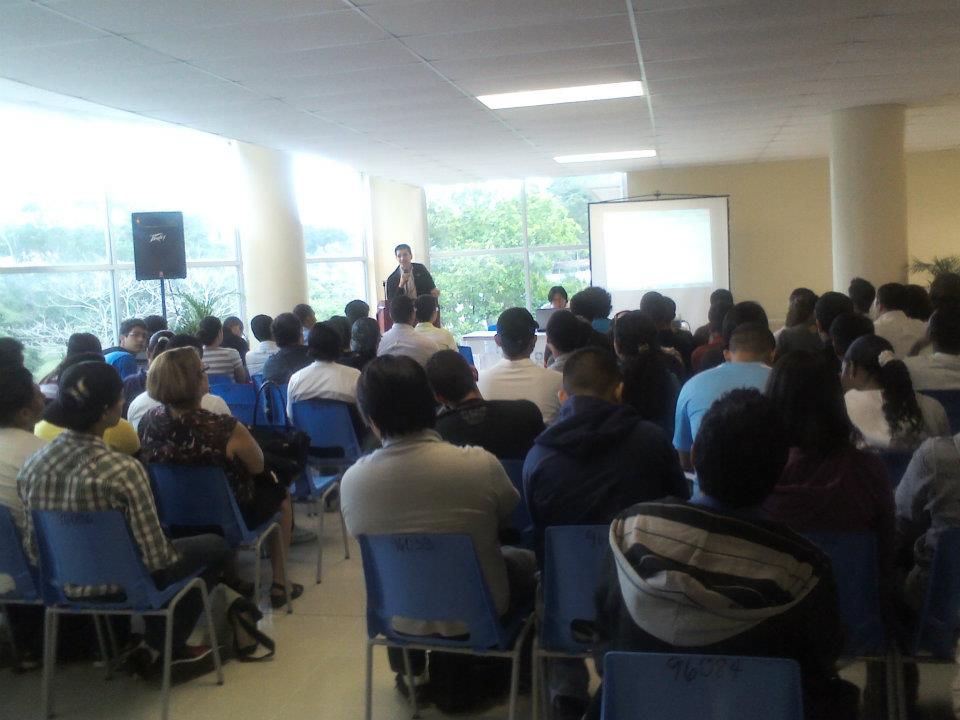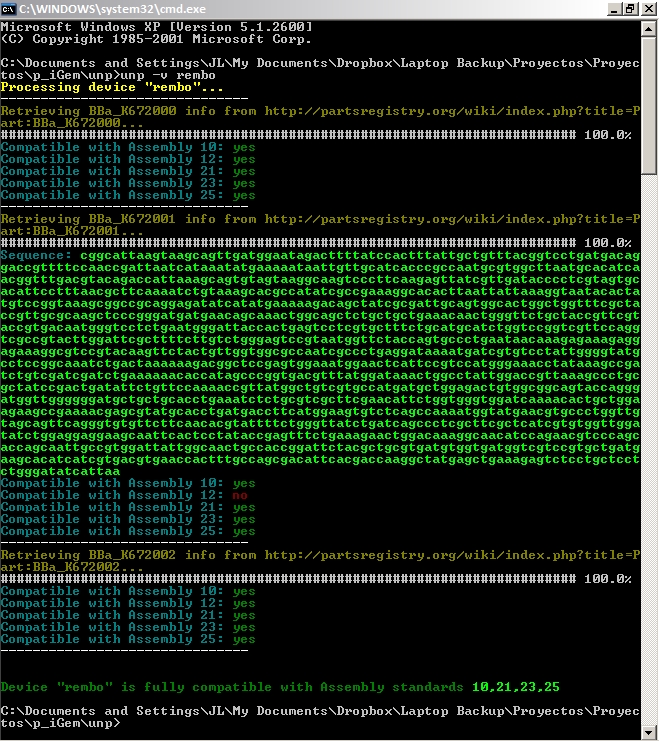Team:UTP-Software/Notebook
From 2012.igem.org
(Difference between revisions)
Arturo3010 (Talk | contribs) |
Arturo3010 (Talk | contribs) |
||
| Line 63: | Line 63: | ||
<div align="justify"> | <div align="justify"> | ||
| + | Development of a prototype software to read and extract information from the parts registry about the protocols standards and we show evidence of this project in the following image: | ||
| + | |||
<br> | <br> | ||
| + | <div align="center"><ul> | ||
| + | [[File:Prototipo_21_de_julio.jpg|450px]] | ||
<br> | <br> | ||
| Line 69: | Line 73: | ||
<br> | <br> | ||
<br> | <br> | ||
| + | |||
| + | == ''' Choosing Projects ''' == | ||
| + | |||
| + | July 2012 | ||
| + | |||
| + | The UTP Team decided to develop new software for iGEM teams and individuals involved in Synbio. | ||
| + | |||
| + | I. Mutagenesis study:<br> | ||
| + | We propose to study ways to automate mutagenesis in our software program. Meanwhile another group of students of our team were studying and <br>implementing the development of primers in this process. | ||
| + | |||
| + | We also began to develop an idea for a software that would help to develop projects related to energy production <br> energy through biotechnology (biofuels). We chose the energy sector being both a national and global need, as our country uses mainly imported energy sources. | ||
| + | |||
| + | =='''PHASE III: Bricks & Mutation & BIOENEGIA Project'''== | ||
| + | |||
| + | August and September 2012<br> | ||
| + | In the month of August we use it to understand the computable and automatable aspects of our project. | ||
Revision as of 20:20, 26 September 2012
| Home | Team & Attributions | Project | S2MT | Tutorial | Biosinergia | Notebook | Human Practices | Safety | Sponsors |
|---|
 "
"
